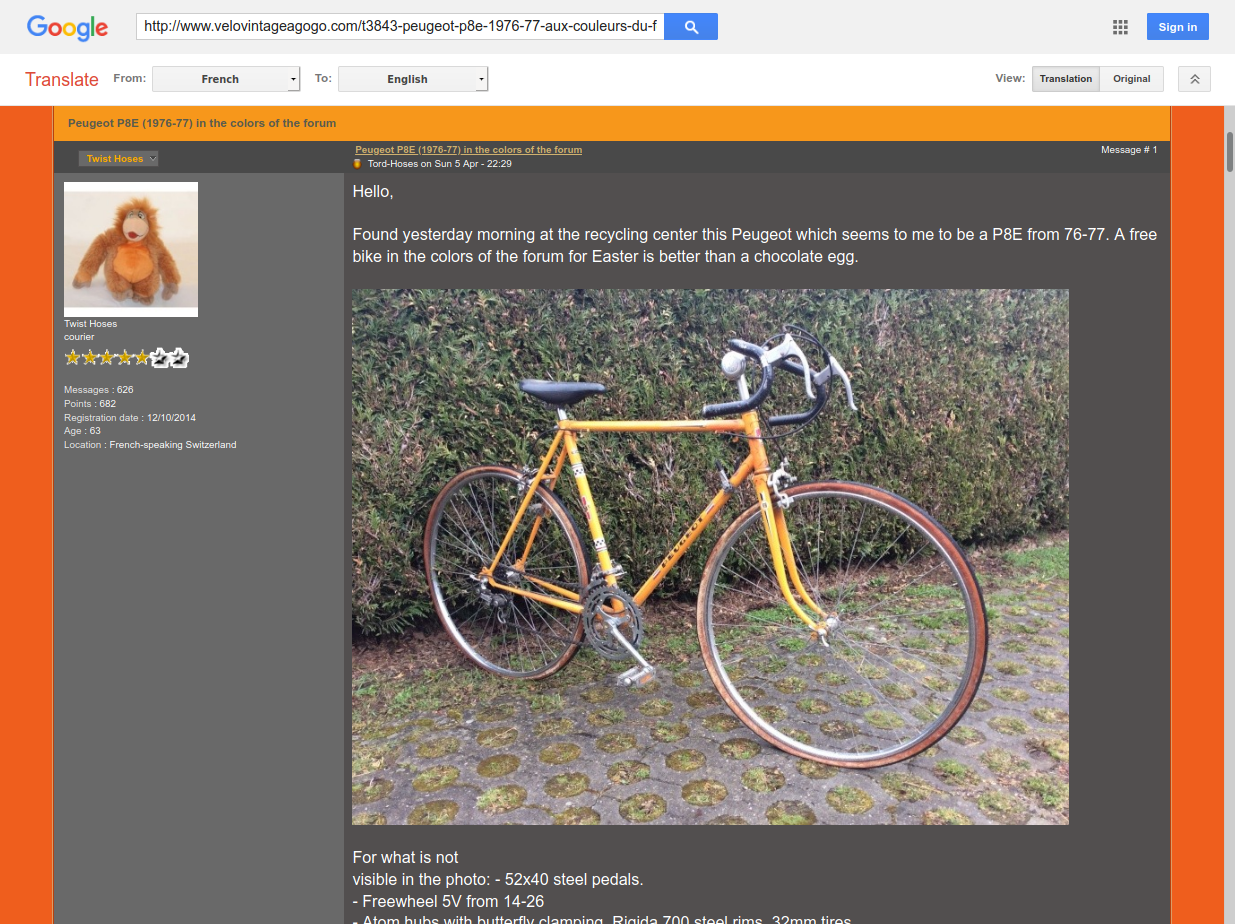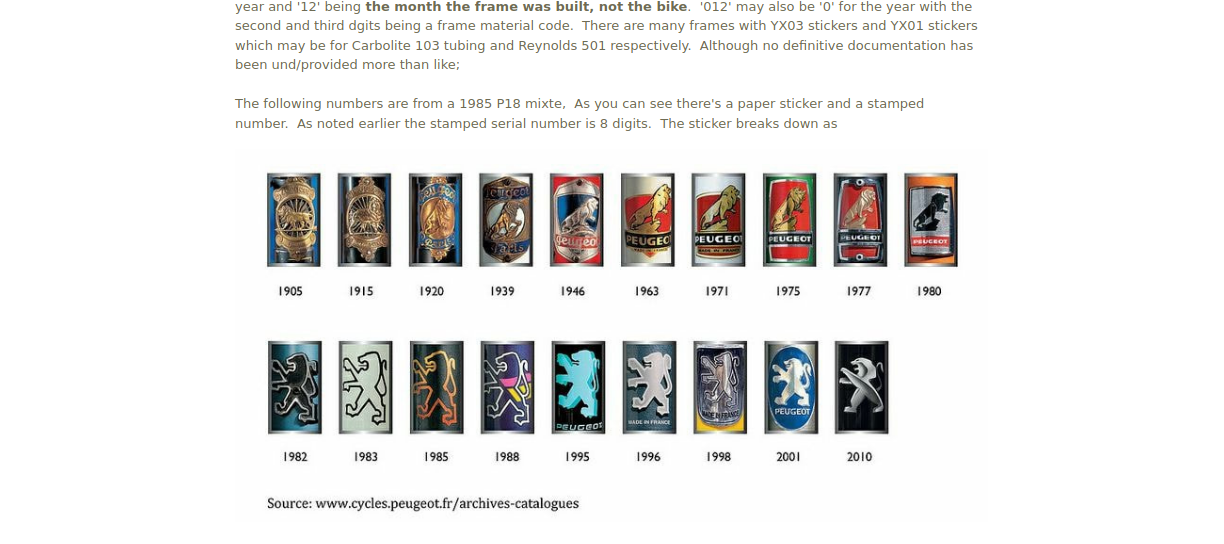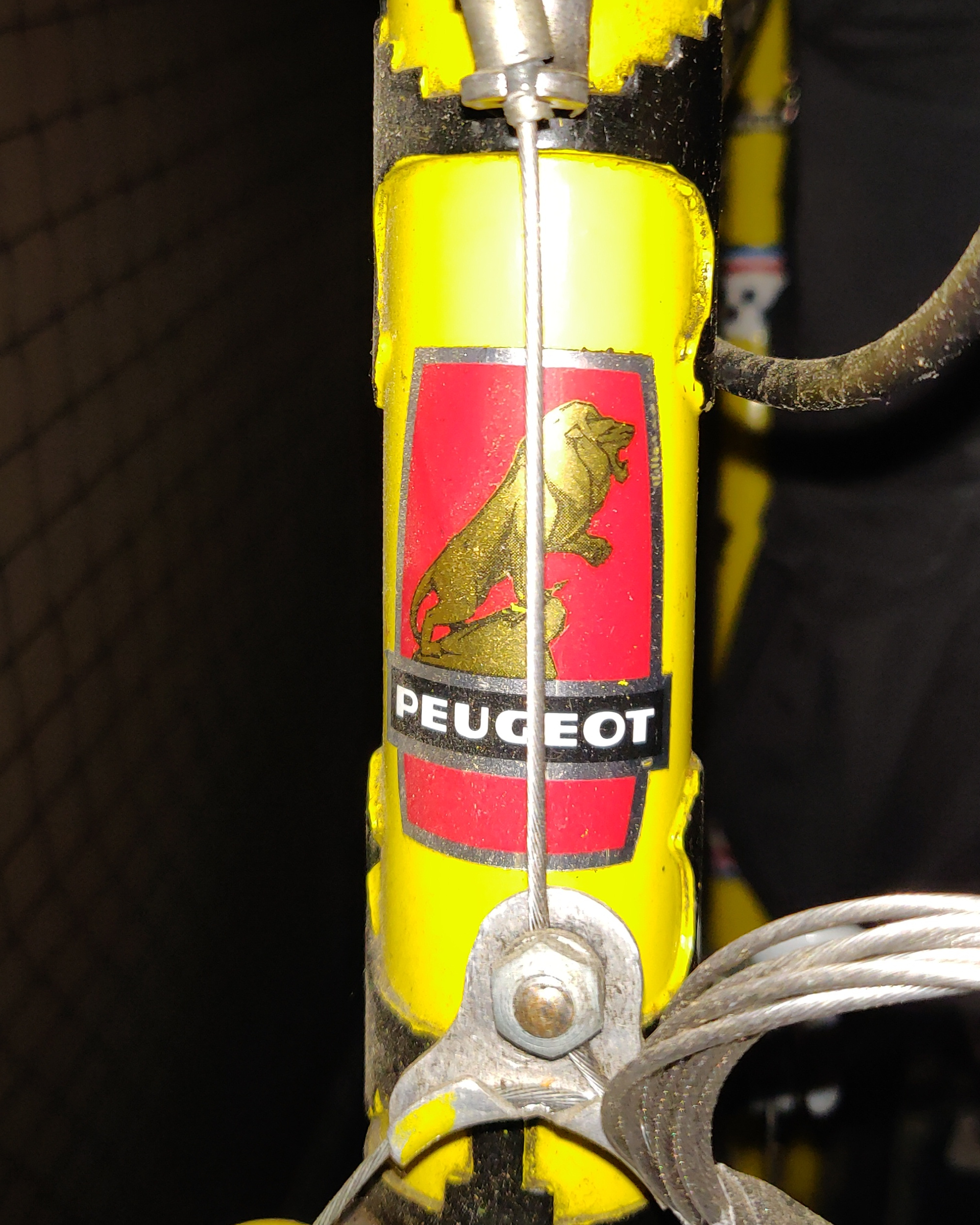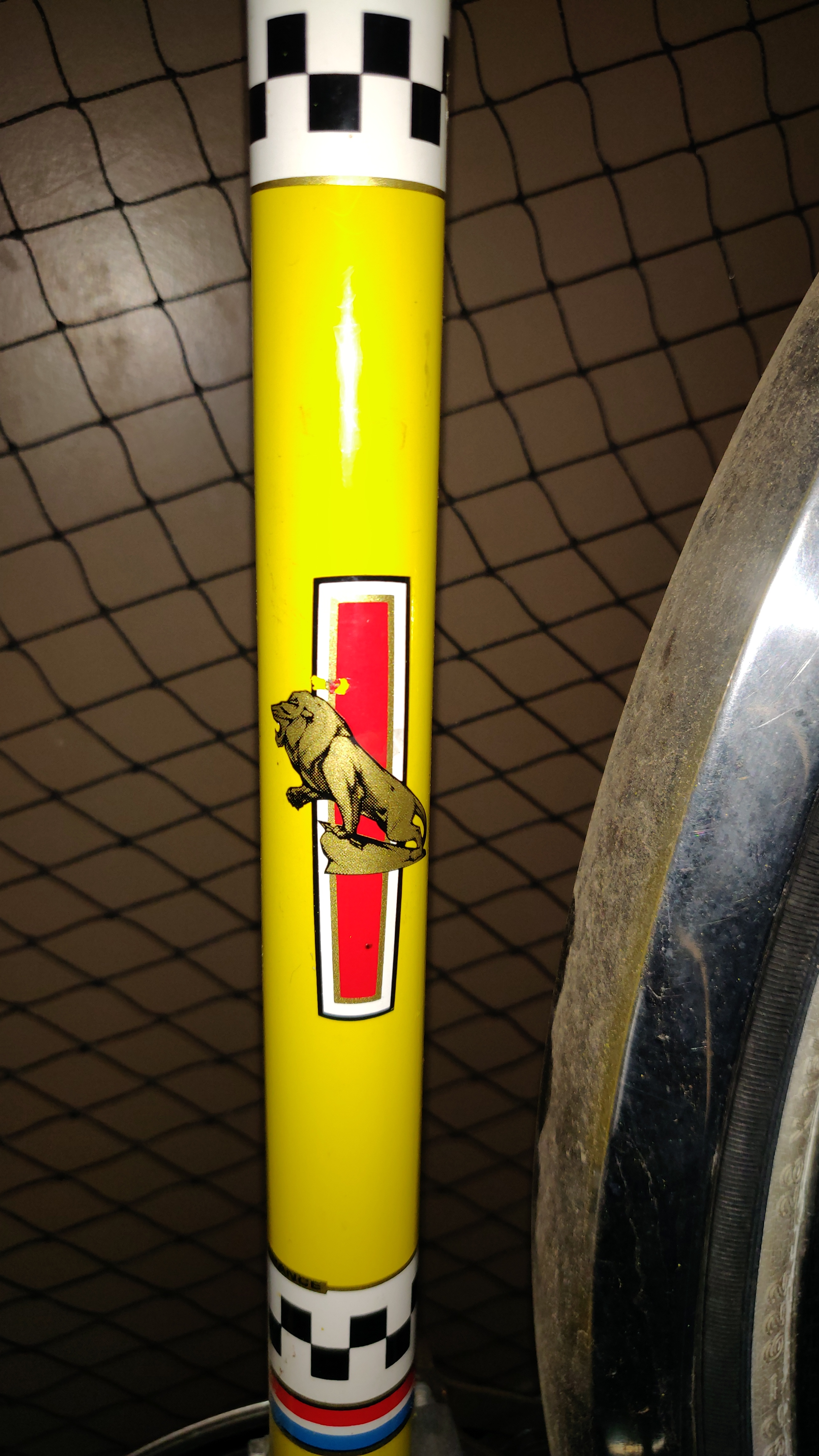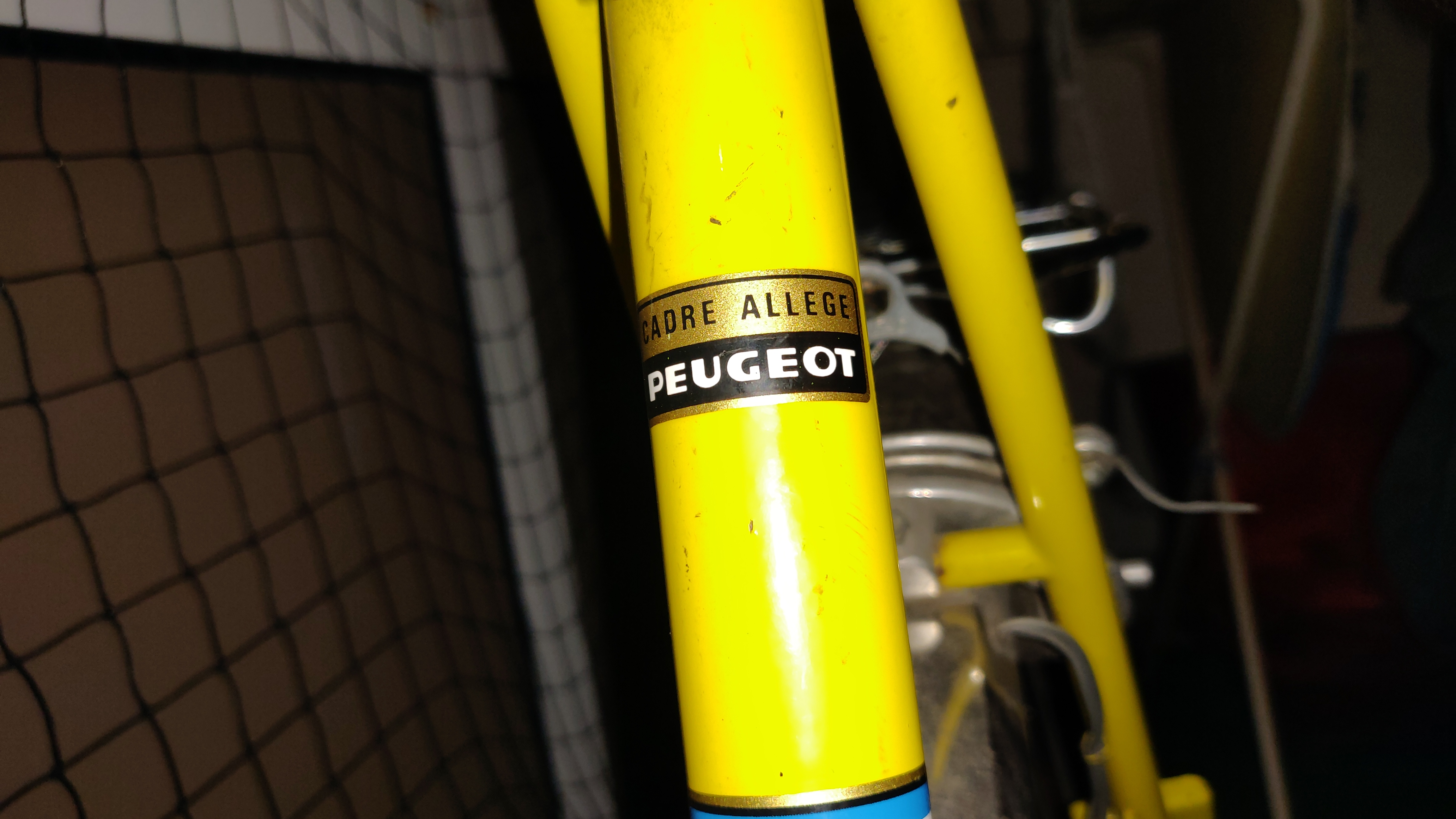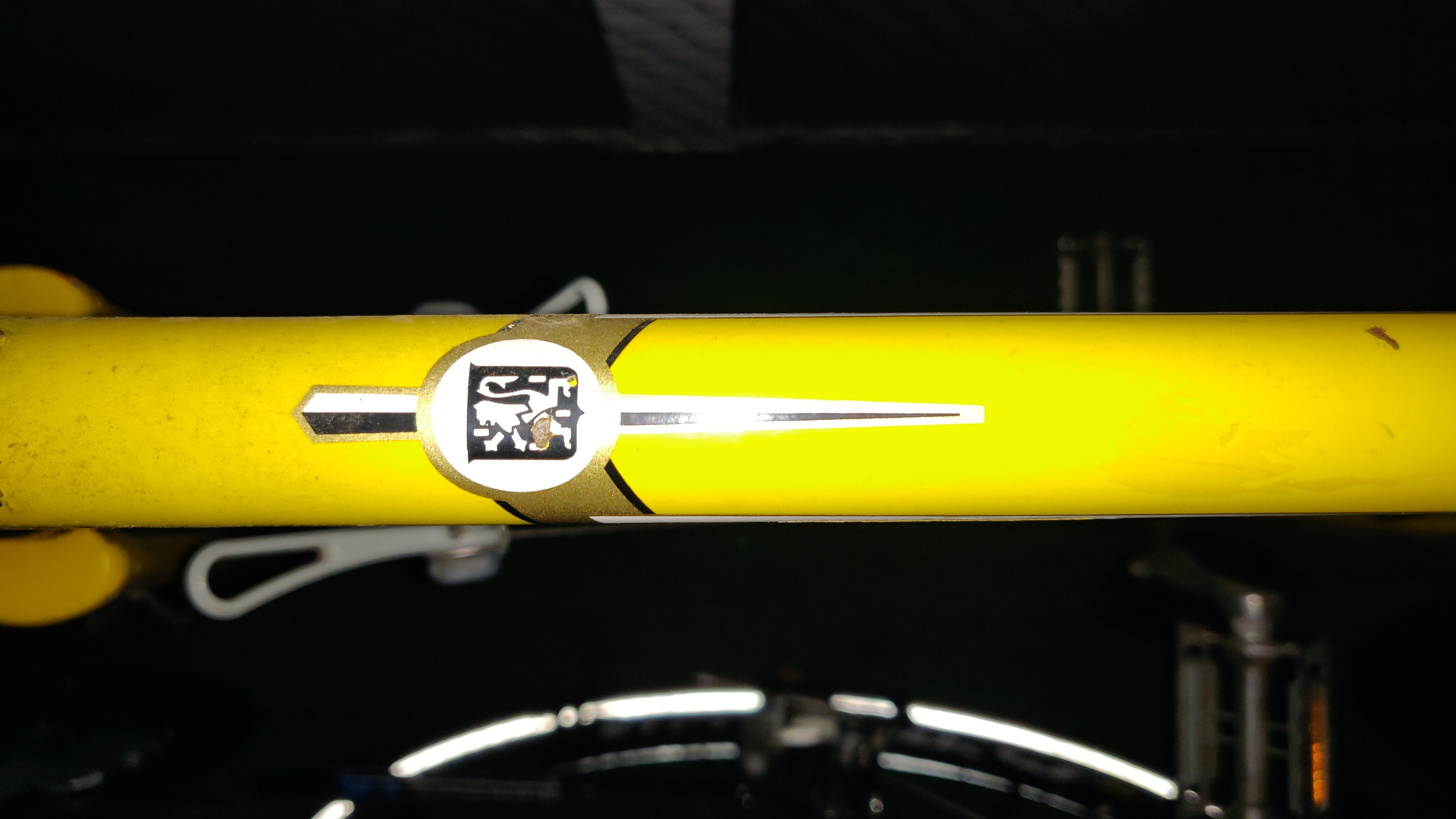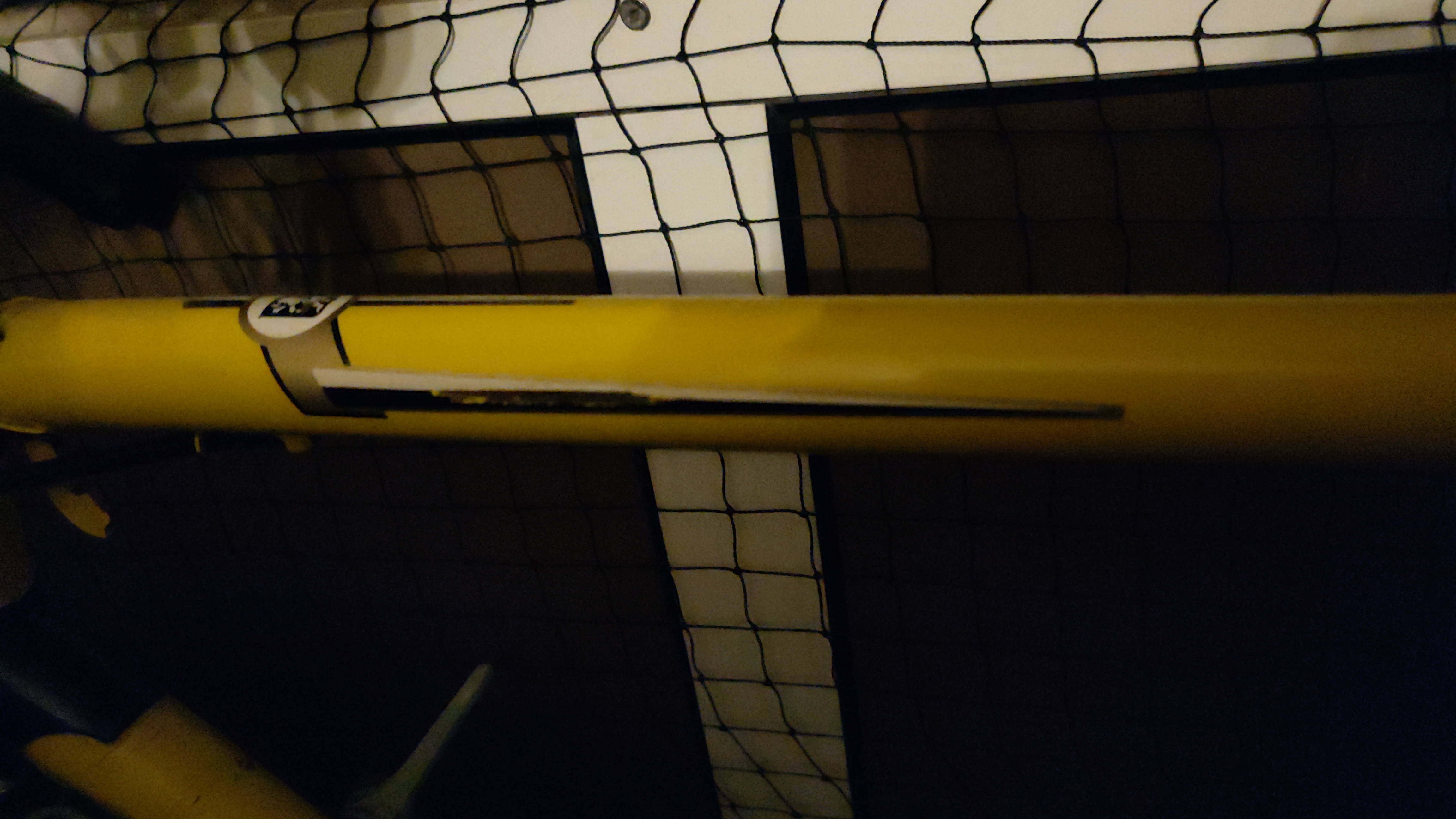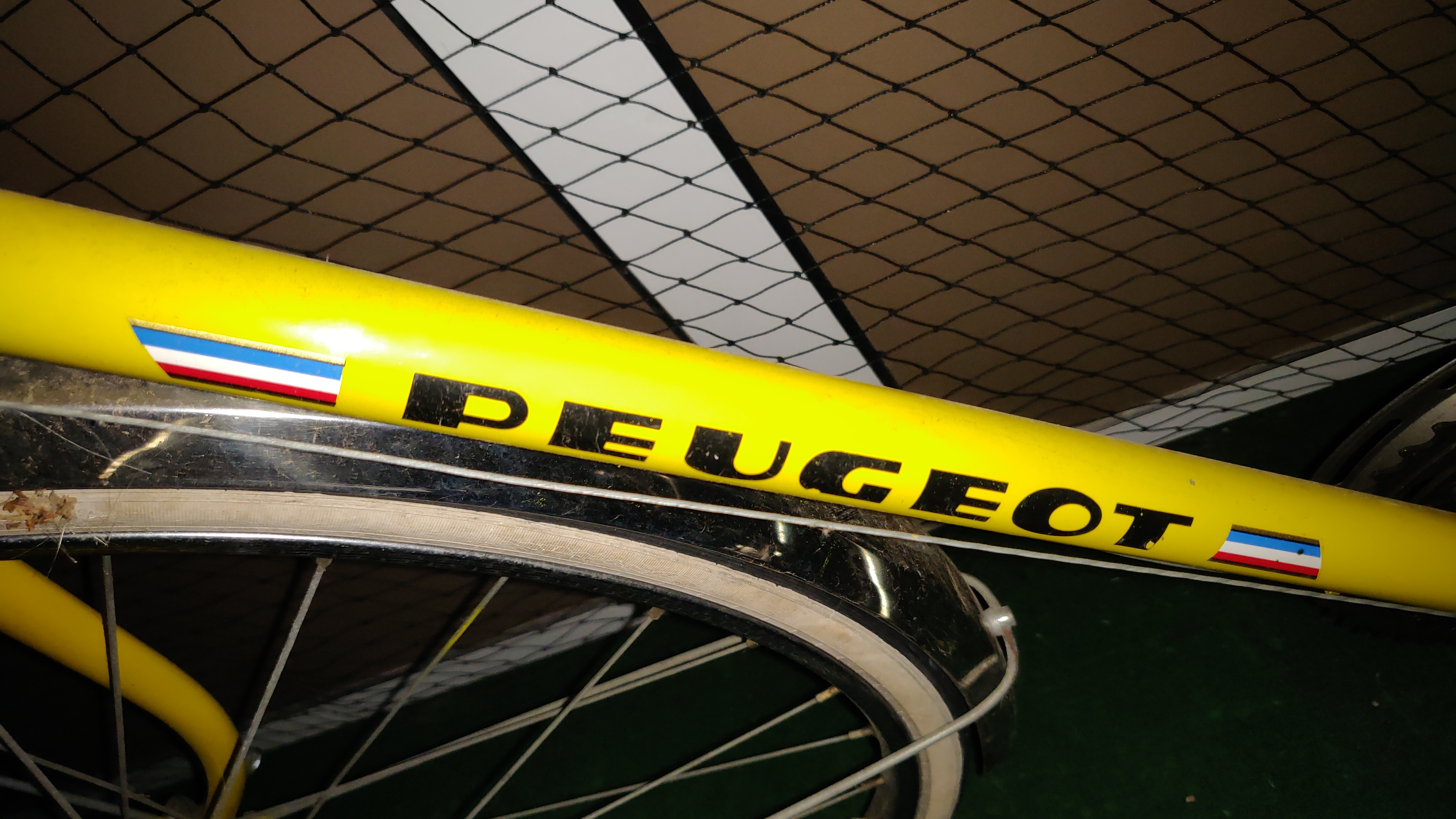Project Armadillo #2 - Researching Year and Model
After having introduced the project in the first post of this series, I’ll try to take you along my efforts to accurately identify the bike. The bike was handed to me 3rd hand without that information - and let’s be honest, who really remembers the detailed bike model and year of a bike you bought 40 years ago?1
There are a number of things we can go by:
- Decals
- Parts
- Accessories
Year
After some aimless research2 on the internet I first came across an interesting post in a forum (web archive). Now the website is in French and I’m afraid I don’t speak French, so Google Translate comes to the rescue3.
Naturally the translation is a bit rough, but here’s what one can draw from it: The bike in the pictures shares most attributes with the bike I have at hand, with the exception of some parts that clearly were upgraded/changed on my bike, e.g. break levers, saddle, bar tape. Furthermore my bike at hand sports a full set of mud guards and carrier. The author of the post guesses the bike to be a “P8E from 76-77”.
Sidetracking a little further down the post it shows that the front deraillieur broke on their bike, as well as them having major troubles with the crankset pins - they even broke a vice over that! This comes as a bit of a foreshadowing, as I’ll be describing my fight with the wedge pins in a later post ;).
Back to dating the bike. Further down the thread some suggests it’s a so-called “half-race”, rather dated in 1972-75. Having something to start by, let’s examine some further hints. After some web searching and countless websites I came across the follwing page (web archive):
It shows an interesting picture right at the bottom of the website:
Now this appears to give us a great indicator of the year the bike was built. Thankfully the head badge is well preserved on my bike.
The head badge indicates that the bike’s was born somwhere between 1975 and 1977. Furthermore many websites on the internet debate on the date-ability of french bikes according to the serial number, including the mrvelo-site. It says that it’s impossible to date Peugeots by serial number before the year of 1979. This comes as a relief to me, because I haven’t actually found a serial number on this bike yet. If it shows up under the dirt, I’ll update this post.Model
Now if we follow the link from mrvelo we.. well, it’s dead. All hail the web archive. So if we follow the link into the web archive, we find a collection of Peugeot bicycle catalogues. The 200 year special edition presents the already discovered collection of badges, officially (a.k.a. Peugeot) confirming that the bike is from 1975⁄76, maybe 1977. Unfortunately the website only holds catalogues from the years 2009 and 2010, so we need to look for Peugeot catalogues from the desired time elsewhere. Thankfully the wonderful website peugeotshow.com holds a collection of Peugeot bicycle catalogues and so does BikeBoomPeugeot.com. The catalogue sets are fragmented, but hope is to piece it together from both. From here we can go and browse catalogues, trying to identify the bike with decals and components - and of course frame colour.
The bike at hand sports:
- a yellow frame
- top tube pump pegs (welded on)
- Mafac “Racer” Centerpull Brakes
- A 52-40 chainring and a 5-by cassette
- Simplex (Model ?) front derailleur
- Simplex Prestige rear derailleur
- Simplex down tube non-indexed shifting levers
- Rigida Chrolux 700c wheels with butterfly nuts
- frame coloured chain stays and fork (the fancier Peugeot had these in chrome-ish)
- the decals come with the colours of the french flag
Bikes that seem somewhat similiar
German Catalog 1975 (year presumed by peugeotshow.com)
- PL 8/E, everything fits, including the displayed colour, but the decals: wrong color set; the wrapping decals sport blue-red-black-yellow-green, not the french flag
-
- mentions the PL 8/E, but no pictures or details - again all bike seem to sport the multi-color-set
-
- the PY60, PY65 brochure shows french tricolore, but the rest again multi-color - and no mention of the PL 8/E
-
- no mention of the PL 8, but the PX60 again sports the french flag
-
- the J8 with the french flag, the rest with multi-color again, no mention of the PL8/E (only PL8)
-
- finally: the PL 8 with the french flag, and nearly all the right parts; and when drawing conclusions from the 1975 German brochure, the E makes the difference for the 2-ring chainset up front with the 52-40 teeth
So for now I conclude from circumstantial evidence that this is a 1976 Peugeot PL8/E.

